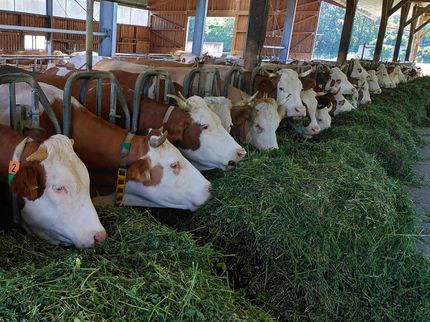'3D' test could reduce reliance on animals
Advertisement
To determine whether new medicines are safe and effective for humans, researchers must first test them in animals, which is costly and time-consuming, as well as ethically challenging. In a study published in ACS' journal Molecular Pharmaceutics, scientists report that they've developed a simple, "3D" laboratory method to test asthma and allergy medications that mimics what happens in the body, which could help reduce the need for animal testing.
Amir Ghaemmaghami and colleagues note that respiratory conditions, such as asthma and allergies, are becoming more common. These conditions affect the lungs and the airway leading to the lungs, making it difficult to breathe. Every year, respiratory symptoms lead to expensive hospital visits, as well as absences from work and school. Better drugs could provide relief, but before giving new medicines to people, researchers must first test them in animals — a costly and laborious process. Sometimes, researchers will use "2D" tests in which they apply the drug to a layer of human cells in a lab dish instead, but this isn't an adequate way to tell how a medicine will work in a whole animal or a whole person. So, Ghaemmaghami's team developed a new, 3D alternative.
Their test includes three types of human cells that are typically in a person's airway. In the body, these cells are close together and are involved in the development of respiratory conditions. The 3D "model" reacted just like a real person's airway when they exposed it to allergens and bacterial extract. They say that the model has the potential of reducing the need for some animal testing of new drugs for respiratory conditions.
























































